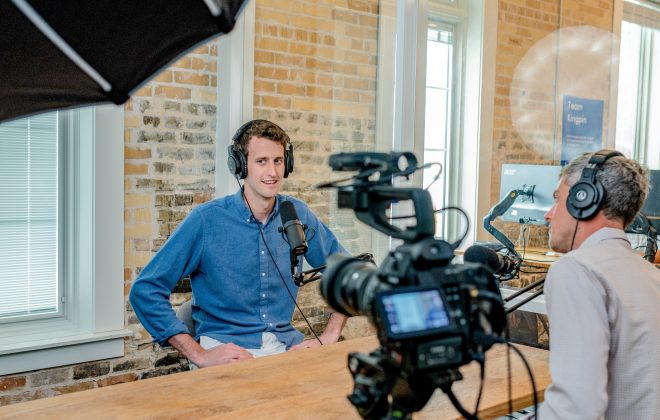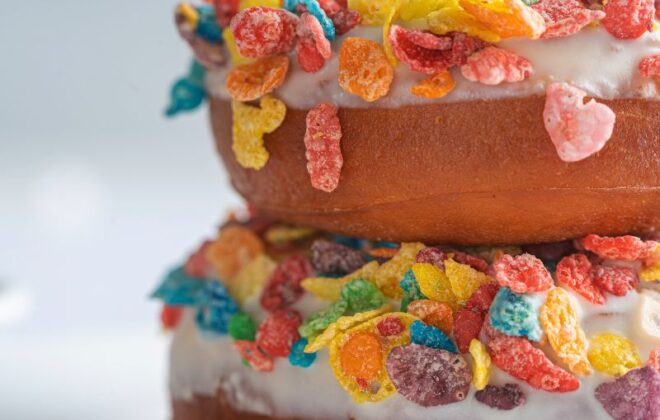Power of emotional marketing for brands today
Humans are driven by emotions even for making the tiniest of decisions in everyday life. This is where emotional marketing comes into the picture. For instance, when we find ourselves pushing a glass of water from the edge to the center, that decision is emotional.
The anxiety and fear of the glass of water spilling make us move it to the middle of the table from the edge.

This tendency of people to use their emotions for decision-making is coming in handy to brands for their marketing.
Brands are now shifting their marketing strategy. They are focusing more on bringing an emotional quotient to their ads and campaigns.
As Maya Angelou rightly said
I’ve learned that people will forget what you said, people will forget what you did, but people will never forget how you made them feel.
Maya Angelou

The new digital campaign of OYO involves a film series around their theme #RishtaThodaKhiskaHai. The film starred Neena Gupta and Swanand Kirkire. The campaign spoke out the coziness that stems from a long-term relationship.
This is one of the films from the series:
This film in just over a week received 4 million views.
In October 2020 Tanishq released a rather controversial Ad, a part of their Ekatvam campaign. This ad made lots of rounds on the internet, loved by many, and also criticized by many. The aim of the Ekatvam campaign was to bring out the beauty of oneness when people from different communities. Many failed to understand this message which resulted in the brand taking the video down.
This strategy of using emotions to connect with the consumers is called emotional marketing.
What is emotional marketing? To what extent is it helping brands?
The four basic emotions identified in marketing articles are happiness, sorrow, anger, and fear. There are a lot more emotions but for marketing, these are the ones that the brands mainly focus on.
Making the audience, that is the customers, connect to the brand through any emotion makes them retain the ad/article in their brain for longer. This also drives them to purchase the goods and services of such brands.
Ads that bring out happy emotions get more shares because of their wholesome and heart-warming nature. A sad Ad makes the person stay put till the Ad ends. Anything that touches the heart is bound to be shared and viewed numerous times.
Brands and their take towards Emotional Marketing
The emotion of fear is not involved with marketing per se. But during the times when consumers are in a difficult situation and a brand comes to the rescue, the consumers will continue being loyal to such brands even in normal times.
An example of this is how even during the peak of the pandemic when stranded bachelors were going through a rough time in terms of food. Many food-delivering sites Zomato and Swiggy were still working. These platforms were operational and Swiggy took the opportunity and upgraded their services by delivering groceries and other household items, along with food.

Invoking anger is something that marketers do not use very often. But this is one emotion that generates a lot of activity in the campaign since it triggers the consumers and leads to a lot of viewing, sharing, and commenting.
Brands that are environmentally conscious use this emotion to spur the audience into choosing their brand. For it is better for the Earth during this time of increasing pollution and the worsening health of the planet.
Strategies for emotional marketing
Seth Goding, the author of several best-sellers including “The Dip”, said and we quote
Marketing is no longer about the stuff you make, but about the stories, you tell.
We cannot agree more with Seth on this one. Storytelling is one of the strategies involved in emotional marketing, the others are emotional branding and emotional advertising.
Emotional Branding
Emotional branding is the strategy where the brand builds its relationship with potential buyers by provoking basic emotions in them. The biggest example of this is the Think Different campaign of Apple. This campaign proved to be a huge success and also won a lot of awards.
Apple made the potential buyers believe that they can be bigger than themselves, bring a change in their lifestyle by owning their technologically advanced products.
This type of branding helps gain a loyal consumer base over time. Consumers stay loyal since they are emotionally connected to the brand from the start.
Emotional Advertising:
This strategy is related to the type of ads the brand uses to evoke emotions in the potential buyers, build trust, and ultimately a meaningful and long-term relationship with the buyers.
Cadbury Dairy Milk, in all of their ads and campaigns, tries to evoke the feeling of love, be it with a significant other or family.
They always try to hit the soft spot (they never miss it) and this reminds the consumers of the warmth of meeting a loved one and coming back home. In turn making consumers think about their products for any occasion that involves the feeling of love, warm feelings, and a whole lot of chocolates.
Storytelling:
Brands present the potential buyers a story, through their ads and campaigns, that will stay in their hearts for a long time.
This makes the buyer think about the brand’s product during purchase. The more the ad touched a potential buyer’s heart, the more his chances of buying the brand’s product.
These are the key strategies used when indulging in Emotional marketing. In today’s digital world, brands are leaning more towards emotional marketing techniques since it results in more loyal buyers, who stay.
Insights
If you want to gain more consumers for your products or services, we would strongly suggest you do use this technique of marketing. In this way, you humanize the consumers of your product hence making your brand’s and your relationship with the consumers a more meaningful one.
The aim of marketing is to know and understand the customer so well the product or service fits him and sells itself.
Peter Drucker, founder of Drucker Institute
Nestle’s Maggi came up with an ad campaign #merimaggi in the year 2012. This gave buyers a sense of closeness with the 2-minute noodles. In 2015, Maggi was banned in India after a few tests showed that it contained an excessive amount of lead.

The ban was lifted after a while but the consumers were still scared to buy the product. But today, Maggi’s value has surpassed the pre-ban level. Why? Because for the consumers, Maggi is their own. Nestle restored faith among its loyal consumers and came back with a bang.
Emotional marketing is an amazing marketing technique, don’t you think?
If you understand about the emotional marketing and its instant benefits, you can always reach us at Realmstudios. Always up for a free consultation.





